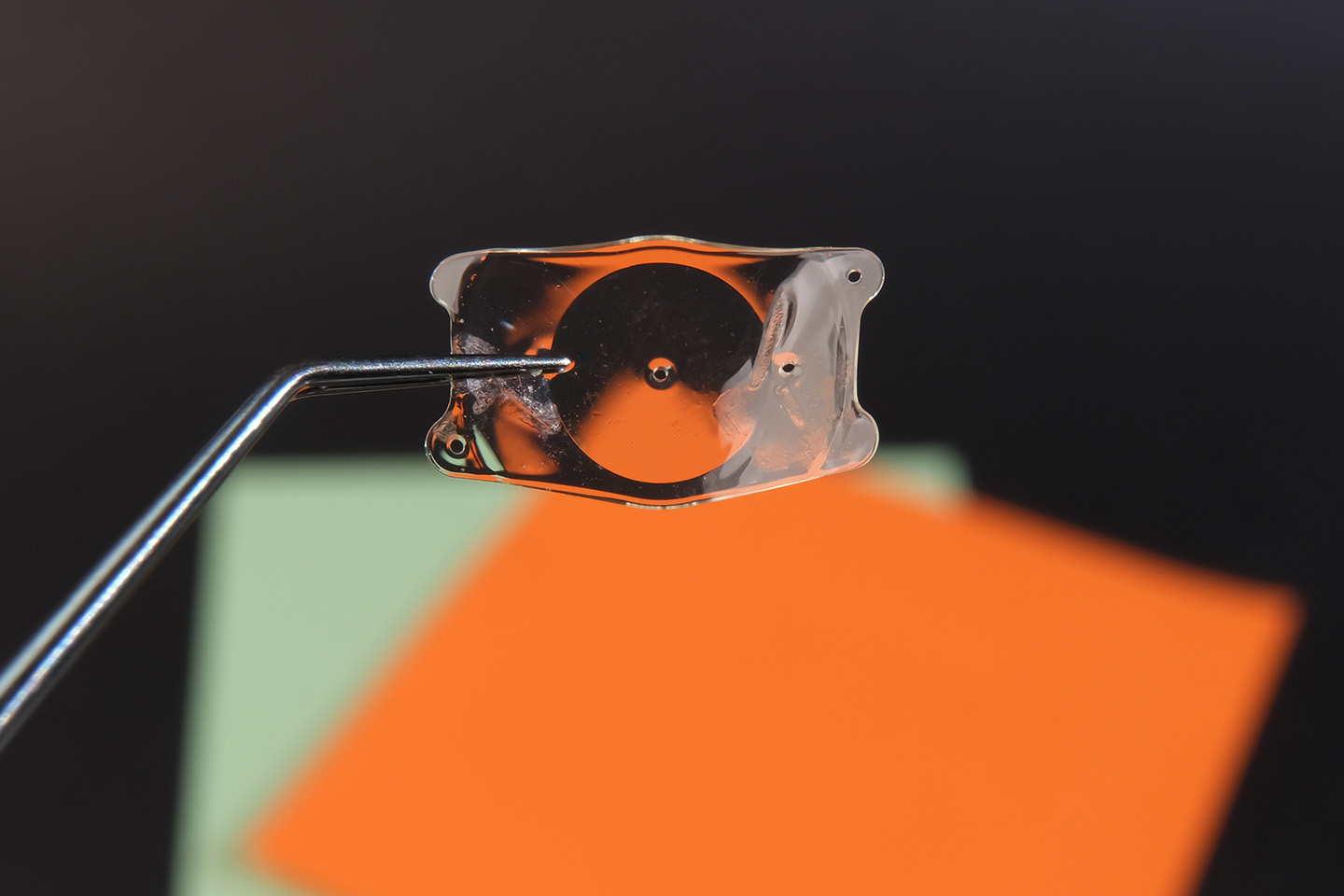What Is PRK, and How Can It Improve Your Vision?

For some people with thin corneas, PRK may be a better vision correction option than LASIK.
Although LASIK surgery has long been considered the gold standard for vision correction, the popular procedure isn’t a one-size-fits-all solution. For a number of reasons, some people may find that LASIK isn’t a good option for their vision correction needs.
Fortunately, many of these people can still achieve improved vision by undergoing refractive eye surgery. Photorefractive keratectomy (PRK) was the primary eyesight-restoration surgery prior to LASIK, and is still very much in use. Like LASIK, PRK can be used to correct myopia (nearsightedness), hyperopia (farsightedness), and astigmatism.
Typically, LASIK is recommended over PRK — unless the patient has especially thin or dry corneas. If that’s the case, a slight difference in how the cornea is reshaped during PRK makes it a better option than LASIK, and it will provide the same results — 20/40 eyesight or better and reduced dependence on eyeglasses or contact lenses.
PRK vs. LASIK
PRK and LASIK have the same goal: to smooth out refractive errors in the cornea so light can focus, unimpeded. The method used to do this is where the two operations differ — most notably in the first step of the procedure.
During the LASIK procedure, a laser beam cuts a thin flap in the cornea. Through that flap, the surgeon repairs refractive defects in the cornea with a laser. Then, the corneal flap is resealed over the eye.
During PRK, the surgeon won’t create a corneal flap. Instead, PRK begins with the surgeon removing the narrow coating of cells covering the cornea (the epithelium). An alcohol solution, blade, special brush, or laser clears away the epithelium, which is discarded. Once the epithelium is removed, a laser reshapes the cornea. There is little chance of error because this special laser is guided by your eye measurements. A “bandage” contact lens is placed over the treated eye to aid in healing while the epithelium cells regenerate.
PRK Recovery
Both PRK and LASIK are quick outpatient procedures; patients can typically return home soon after surgery. However, recovering from PRK takes a bit longer than recovering from LASIK. That’s because the epithelium cells must grow back along the cornea, which typically takes a few days. After the cells grow back, the “bandage” contact lens is detached.
Therefore, you may have to wait weeks or months for your vision to return to normal after undergoing PRK. Conversely, improvement is almost immediate after LASIK, which is why it tends to be preferred for patients who quality. Additionally, after PRK, you might have bouts of hazy vision, dry eye, or mild to moderate pain, which should all diminish with time. Over-the-counter or prescription pain medication can reduce your discomfort.
Further, after your PRK procedure, you should protect your eyes with sunglasses while outdoors and wait a week or two before resuming driving. However, beyond the need to take these precautions, complications from PRK are rare, and the procedure remains the best option for patients with thin or dry corneas.
Let’s Talk About PRK
The eyecare specialists at Swagel Wootton Eye Institute perform both PRK and LASIK surgeries. Visiting our office and receiving a thorough exam from one of our ophthalmologists will help you answer any questions you may have about either procedure and help you determine which one is right for you. Contact us today for a consultation at our Mesa and Chandler locations.









